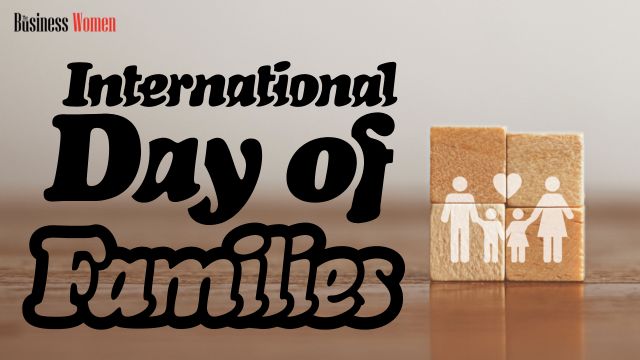There are many different types of jobs that women can hold. However, some jobs are more common for women than others. The most common job for a woman is a teaching job. This is because women are often seen as more nurturing and patient than men, which makes them ideal for teaching roles. Other common jobs for women include nursing, secretarial work, and child care.
Women In The Workforce
In recent years, there has been a significant increase in the number of women entering the workforce. According to a report from the International Labour Organization, the global female labour force participation rate has increased by five percentage points since 1995. This trend is expected to continue in the coming years as more and more women enter the workforce.
There are many reasons for this increase in women’s labour force participation. In some cases, it is simply a matter of necessity, as women are increasingly responsible for providing for their families. In other cases, it may result from changes in social norms, as women are now seen as more capable and competent than ever before. Whatever the reason, this trend is likely to significantly impact the workforce in the years to come.
The Most Common Job For A Woman
According to a new study, the most common job for a woman is a teaching assistant. The Institute for Fiscal Studies study found that teaching assistants make up 7.8% of all employed women in the UK.
This is the first time that the Institute has looked at the most common jobs held by women, and the results show that women are more likely than men to work in lower-paid occupations. Overall, women make up 55% of all employees in low-paid jobs, while men make up just 45%.
While the results of the study are not surprising, they do highlight the need for more equal pay in the UK. Women should not be earning less than men for doing the same job, and the government must ensure that all workers are paid fairly.
Why Is This The Most Common Job For A Woman?
The most common job for a woman is a homemaker. In most cultures, it is the woman’s responsibility to take care of the home and the family. This includes cooking, cleaning, and raising the children. Homemaking is not an easy job, but it is an important one. It is the foundation of a healthy and happy family life.
So why is homemaking the most common job for a woman? There are many reasons:
- Women have traditionally been the primary caretakers of the home and the family.
- Women are often better equipped than men to handle the stress and multitasking of homemaking.
- In many cultures, homemaking is still considered a woman’s job.
Whatever the reasons, homemaking is a woman’s most common job. And while it may not be the most glamorous job in the world, it is essential.
What Can Be Done To Change This?
There is no one answer to this question. Each situation is unique and will require a different solution. However, some general things can be done to help make the world a better place.
One thing that can be done is to educate people about the problems that exist in the world. This can be done through the media, schools, or other channels. Once people are aware of the problems, they can be more likely to do something to help solve them.
Another thing that can be done is to support those working to make a difference. This can be in the form of financial assistance, moral support, or other forms of help. By supporting those working to make a difference, we can help them be more effective in their efforts.
Ultimately, the solution to the world’s problems will come from the people living there. We all have a responsibility to make the world a better place. We can start by doing our part to make a difference.
Conclusion
In conclusion, the most common job for a woman is a secretary or a clerk. This is because women have been historically underrepresented in the workforce and have not had the opportunity to pursue higher-paying jobs. However, as more women enter the workforce and parity is slowly achieved, we expect to see this trend change. Subscribe to our blog to stay up-to-date on the latest changes in the workforce.








